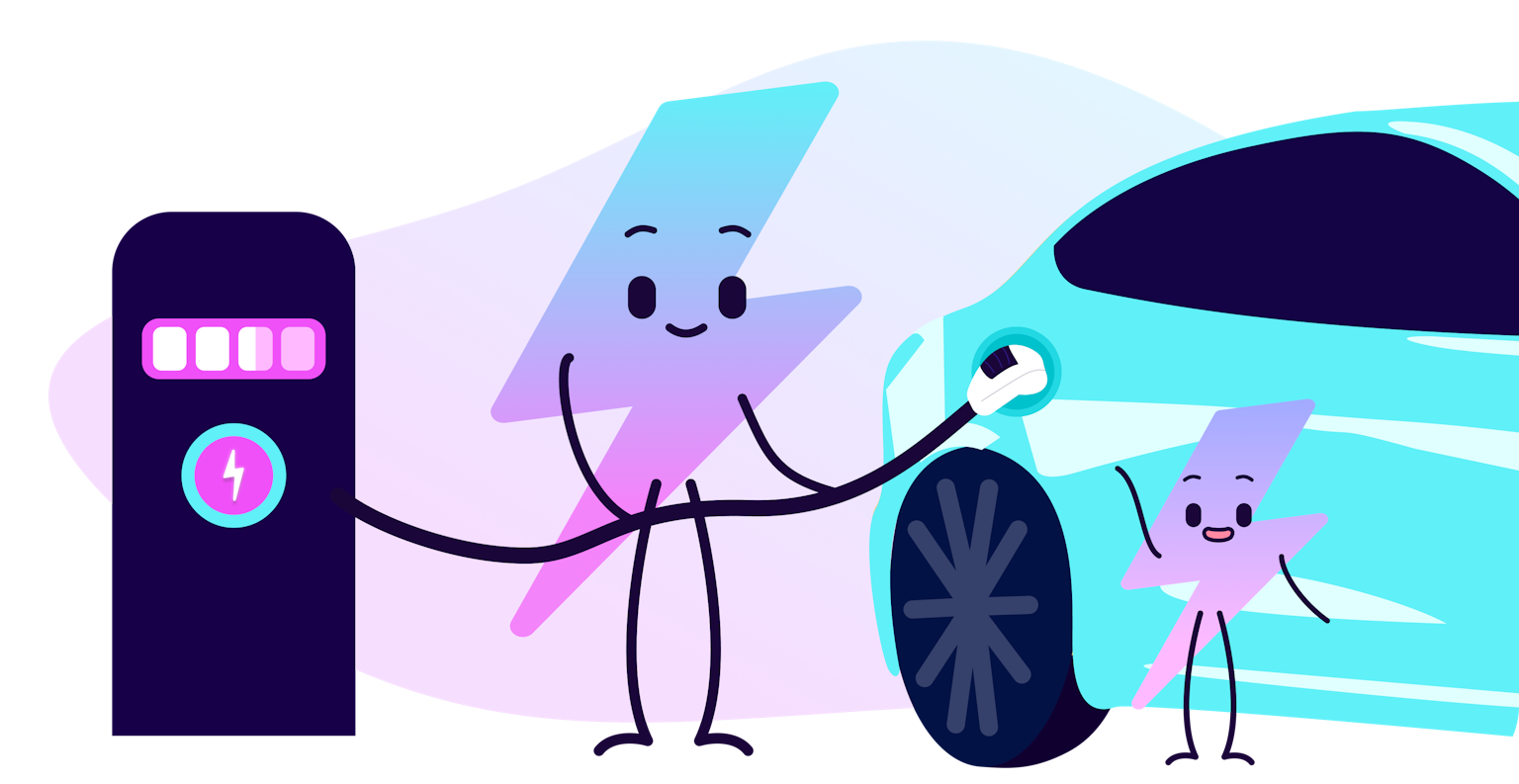October 2022
|Last updated:October 2024
How does cold weather affect EV battery capacity?
In the UK, seasonality and changeable weather are something so commonplace, that it's barely worth mentioning - not that it stops us!
But as autumn draws to a close and winter slowly creeps forward, what does the change in seasons mean for EV batteries? And how will colder temperatures affect your EV range?
Let’s get plugged in...
How do EV batteries work?
Let's dip into some science for a moment...
Lithium-ion (or Li-ion) batteries are the powerhouse for most EVs. Without it, the storage of energy in EVs would not be possible.
A lithium-ion battery cell contains two types of electrodes: anode and cathode. Due to their remarkable ability in storing lithium ions (energy), anodes and cathodes are the primary reasons why lithium-ion batteries are used in EVs. To learn more about how a lithium-ion battery works, read our blog: How do EVs work?
For this blog, it's important to note that the optimum temperature for lithium-ion battery cells falls between 15 - 45 degrees Celsius. If the battery cell temperature falls outside these parameters, the battery cell can be damaged. So, how is battery cell temperature monitored in EVs, and what happens if temperatures fall outside these parameters?
Strategically integrated, the EV's internal thermal management system (ITMS) monitors the battery health to gauge remaining range (mileage) and life. Most importantly, it also regulates the temperature of the battery to ensure that it continues to operate safely and efficiently.
Both external and internal factors can impact battery temperature. For example, when a battery charges, a lot of heat is created (more so with rapid and ultra-rapid charging) which - if unchecked - can ultimately damage the battery. Once the high temperature is flagged by the ITMS, the EV releases coolant to decrease the battery heat. Typically, when an EV first registers a rapid charging session, it will slowly release coolant to ensure that the battery never reaches its temperature limit. If the coolant is not sufficient, the EV will reduce its charging rate - while this means your EV will take longer to charge, the battery will be protected.
So, what happens when temperatures fall below 15 degrees Celsius?
What do colder temperatures do to EV batteries?
In the UK, winter temperatures average between 0 - 7 degrees Celsius - that’s between 8 to 15 degrees colder than a lithium battery can optimally perform. Due to the internal kinetics of the battery cell, colder temperatures slow the chemical reaction.
What does this mean in real life? 10 - 15% less driving range.
For example, the Tesla Model Y peaks between 260 miles (summer) and 245 miles (winter), while the Mazda MX-30 dips between 105 miles (summer) and 90 miles (winter).
Much like the process for temperatures exceeding 45 degrees Celsius; when the temperature for an EV battery falls below 15 degrees the ITMS kicks into action and slowly warms the battery. So, why not warm the battery more quickly?
Forcing the chemical reaction to speed up, so that it charges more quickly, can cause the lithium to form dendrites - which in turn, can short-circuit the cell. This is why the ITMS warms the battery gradually.
Unfortunately, colder temperatures do affect the performance of lithium-ion batteries, but there are steps you can take to reduce its impact on your EV range and efficiency.
Ways to extend EV battery range
Precondition your EV!
Use seat and steering wheel warmers, instead of cabin heating
Switch to eco-mode
Park your EV away from the cold
Charge when the battery is hot (i.e. after driving)
Be mindful of battery health throughout the year!
Keep in mind other factors that affect battery performance
Heavy acceleration, payload weight, and battery age - are just a few factors to consider. To learn more about these factors (and how they affect battery capacity and efficiency), check out our blog: The EV Toolkit.
Feeling enlightened, or do you think something was missing? Let us know by sharing your feedback.
Interested in learning more? Head over to our Electroverse Community area for more electrifying content.







